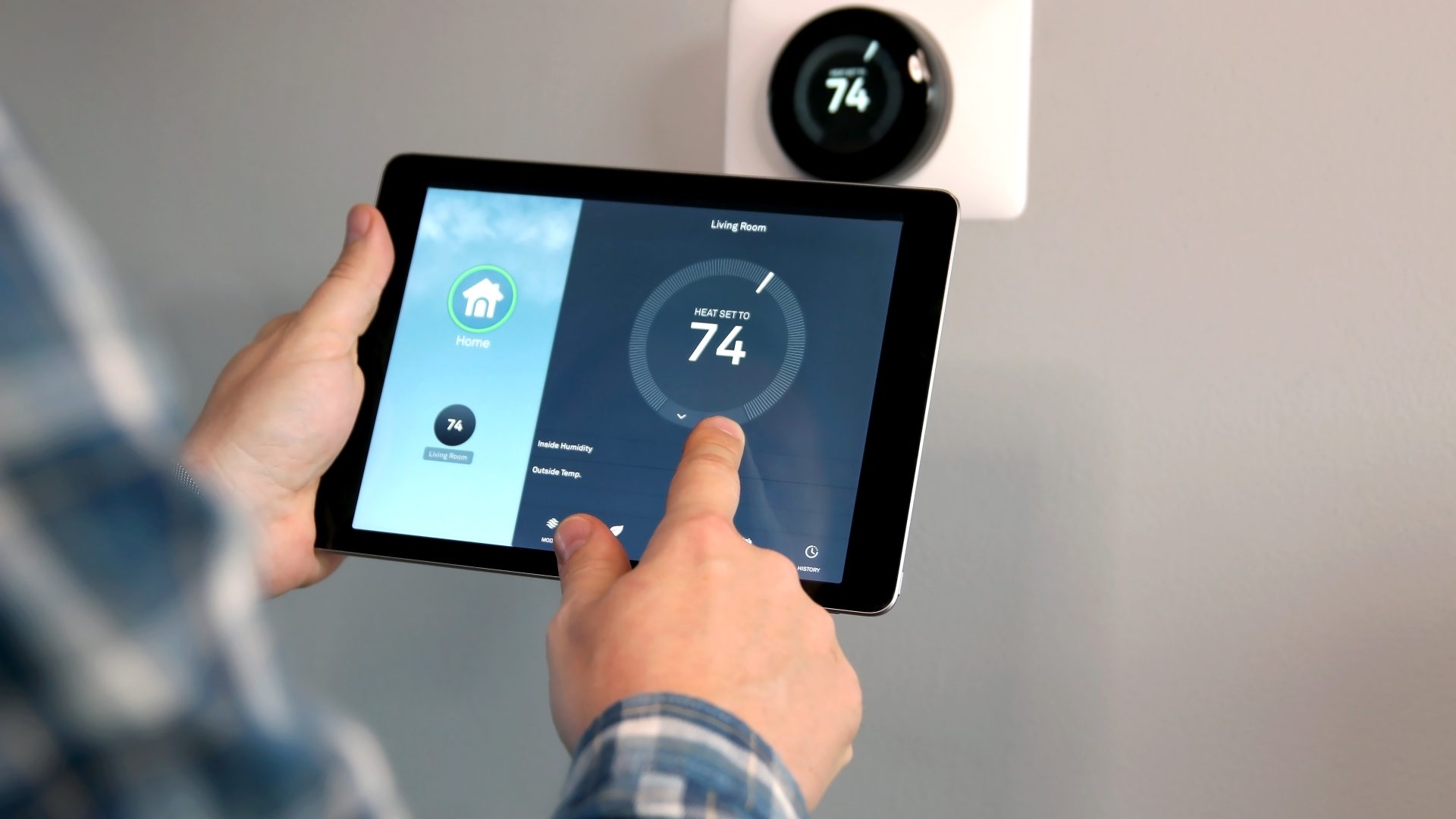Your furnace plays a crucial role in maintaining a comfortable home, especially during the colder months. However, as with any appliance, age significantly affects its performance, efficiency, and repair costs. At Advanced Cooling, understanding how the age of your furnace impacts repair needs and expenses can help you make informed decisions about your heating system. Here’s a comprehensive look at how furnace age can influence repair costs and requirements.
Increased Wear and Tear
As furnaces age, the components within them experience natural wear and tear. Most furnaces have a lifespan of 15 to 20 years, depending on usage, maintenance, and model. As they reach this age, various parts, such as motors, belts, and heat exchangers, may deteriorate. This wear can lead to a higher frequency of repairs and potentially more costly fixes as more components fail over time. Homeowners should be prepared for increased repair costs as their furnace ages.
Diminished Efficiency
Older furnaces often operate less efficiently than newer models. They may require more energy to heat your home as they age, leading to higher utility bills. Not only does this increase operational costs, but it can also strain the system, leading to more frequent breakdowns. Homeowners may face higher monthly energy bills and additional repair costs as their aging system struggles to meet heating demands.
Obsolete Parts
As furnaces age, finding replacement parts can become increasingly challenging. Many manufacturers stop producing parts for older models, making repairs more expensive. If a critical component fails, a technician may need to source parts from third-party suppliers, leading to higher costs and longer repair times. In some cases, homeowners may be faced with the choice of paying a premium for hard-to-find parts or investing in a new furnace altogether.
Rising Repair Costs
With age comes the inevitability of repairs. While some repairs can be inexpensive, the cumulative costs can significantly increase over time. According to industry estimates, homeowners can expect repair costs to rise as a furnace approaches the end of its life expectancy. For instance, a new motor or heat exchanger can cost hundreds to thousands of dollars. Regular maintenance can help mitigate some of these costs, but you may pay for repairs more frequently as the system ages.
Safety Concerns
Older furnaces may pose safety risks, particularly gas-powered models. Components such as heat exchangers can develop cracks as they age, leading to potential carbon monoxide leaks. While maintenance checks can help identify and resolve these issues, the risk increases with the furnace’s age. Homeowners should prioritize safety by ensuring that their heating systems are regularly inspected, particularly as they approach the end of their expected lifespan.
Less Advanced Technology
Modern furnaces are equipped with advanced technology that enhances efficiency and performance. Features such as variable speed blowers, smart thermostats, and modulating gas valves are designed to optimize heating and reduce energy costs. Older furnaces may lack these advancements, decreasing efficiency and higher repair costs. Homeowners should weigh the benefits of investing in a new, technologically advanced furnace against the ongoing costs of maintaining an outdated system.
Potential for Replacement
As your furnace ages and repair costs accumulate, it’s essential to consider the long-term implications. At some point, the repair cost may exceed the replacement cost. HVAC professionals often suggest the “$5,000 rule,” which states that if your repair costs exceed 50% of the price of a new unit and your furnace is over 10 years old, investing in a new system may be more economical. Assessing your furnace’s age, repair history, and efficiency can help you make a sound decision.
Impact of Maintenance History
A well-maintained furnace can last longer and experience fewer issues than one that has been neglected. Regular maintenance, such as filter changes and annual inspections, can help extend the life of your furnace and reduce repair costs. Homeowners should prioritize routine maintenance to ensure their systems operate efficiently and effectively, regardless of age.
Conclusion
The age of your furnace significantly impacts its repair needs and associated costs. As furnaces age, they become more prone to wear and tear, decreased efficiency, and safety concerns. Understanding these factors can help homeowners make informed decisions about maintenance, repairs, and potential replacement. Advanced Cooling is committed to providing the most courteous, friendly, and affordable service in Texas and Oklahoma. If you have concerns about your furnace or need assistance, don’t hesitate to call us. Together, we can ensure your home stays warm and comfortable throughout winter!
Advanced Cooling is the premier choice for HVAC services in Texas and Oklahoma. With a team of highly trained and certified technicians, we have the expertise to handle all of your heating, ventilation, and air conditioning needs. Our commitment to customer satisfaction is unmatched, and we always go above and beyond to ensure that your experience with us is positive. We use only the highest quality parts and equipment to ensure that your HVAC system is running at peak performance. Plus, we offer competitive pricing and flexible scheduling to fit your needs. Choose Advanced Cooling for all of your HVAC needs in Texas and Oklahoma.
